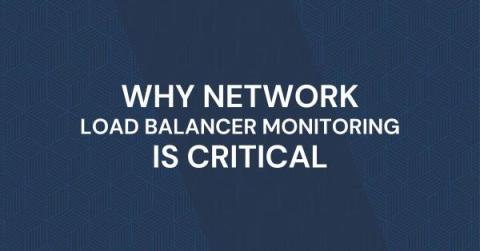What You Need to Know About ITIL for Service Management
As the person on the front lines, you know that providing the best service possible can be what makes your ITSM organization succeed. Every day, you work to build the relationships that help your organization create value for end-users. However, when you have inefficient processes, you end up having to be the person responding to an upset user.











